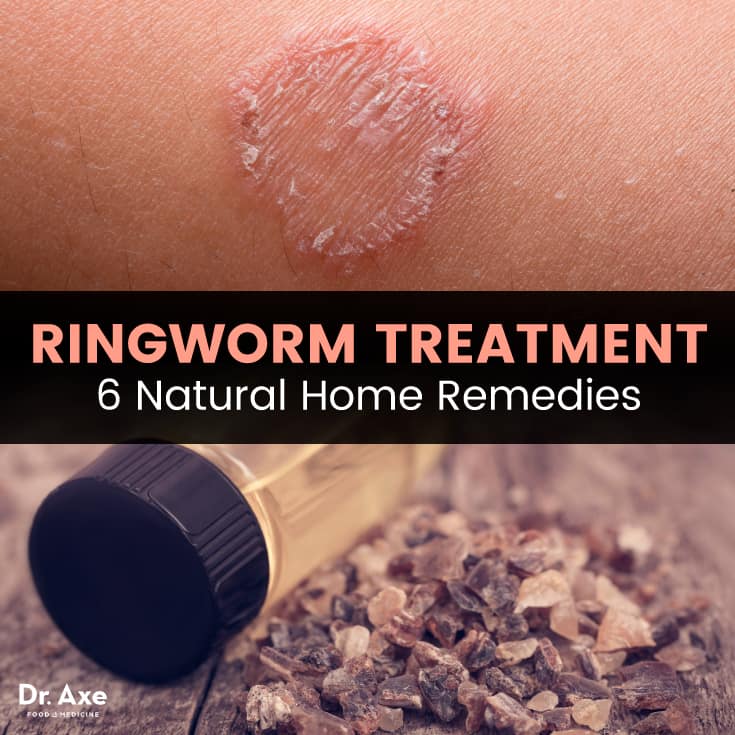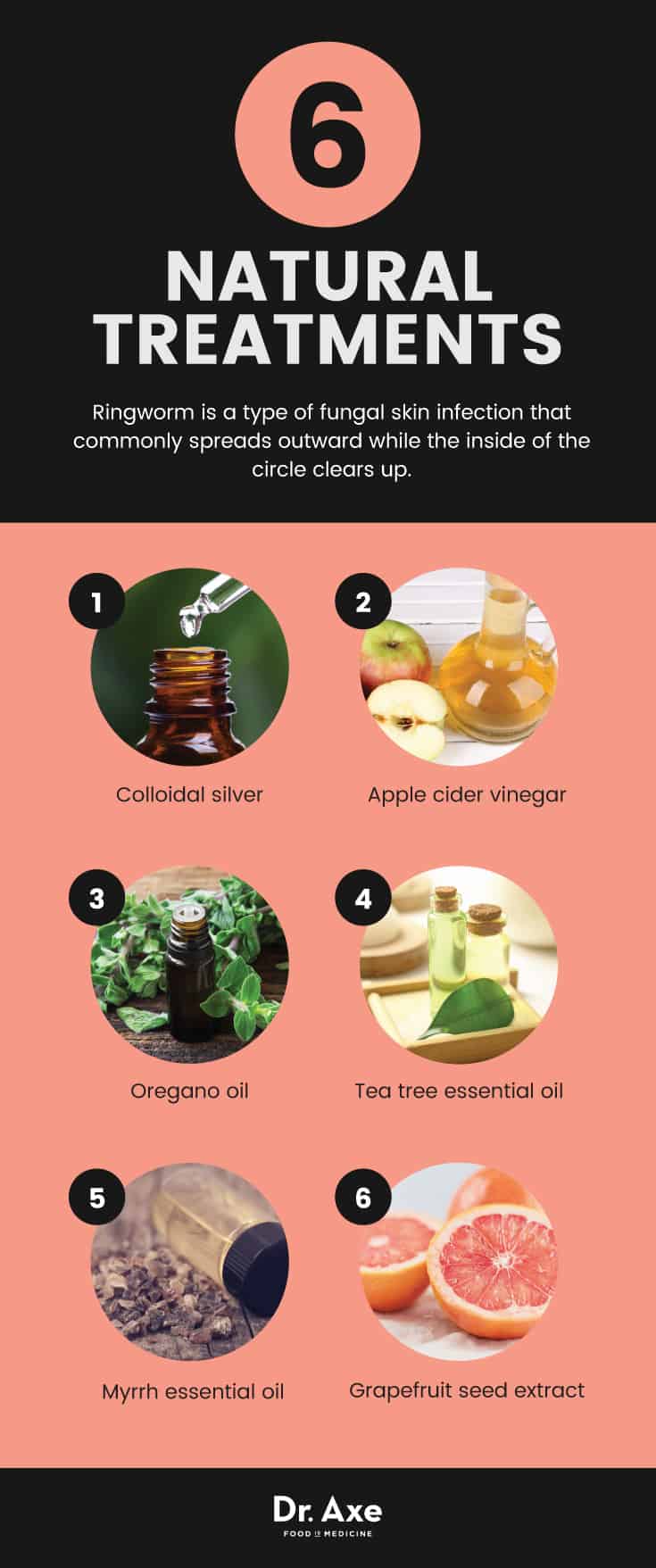This Dr. Axe content is medically reviewed or fact checked to ensure factually accurate information.
With strict editorial sourcing guidelines, we only link to academic research institutions, reputable media sites and, when research is available, medically peer-reviewed studies. Note that the numbers in parentheses (1, 2, etc.) are clickable links to these studies.
The information in our articles is NOT intended to replace a one-on-one relationship with a qualified health care professional and is not intended as medical advice.
This article is based on scientific evidence, written by experts and fact checked by our trained editorial staff. Note that the numbers in parentheses (1, 2, etc.) are clickable links to medically peer-reviewed studies.
Our team includes licensed nutritionists and dietitians, certified health education specialists, as well as certified strength and conditioning specialists, personal trainers and corrective exercise specialists. Our team aims to be not only thorough with its research, but also objective and unbiased.
The information in our articles is NOT intended to replace a one-on-one relationship with a qualified health care professional and is not intended as medical advice.
Ringworm Treatment: 6 Natural Remedies + How to Prevent It
June 12, 2017

Before we talk about the specifics of ringworm treatment, I want to clear up one of the top ringworm misconceptions — that ringworm is caused by a worm. The truth is that ringworm is not caused by a worm of any kind. What causes ringworm then? Ringworm is a skin rash caused by a fungus. Another common ringworm myth is that you can’t catch it from someone, but that’s totally wrong. Ringworm is in fact a very, very contagious fungal infection that can be passed without even having any actual physical contact with an infected person. (1)
There are actually a few types of ringworm. Ringworm of the scalp, for example, is an extremely contagious infection. Toddlers and school-age children are most at risk for developing scalp ringworm. (2) Did you know that jock itch and athlete’s foot are also forms of ringworm?
It’s hard to say which natural ringworm treatment is the absolute best ringworm treatment. Thankfully, there are a lot of options when it comes to ringworm home treatment. There are also natural options for dog ringworm treatment and cat ringworm treatment. For this article, I’m going to focus on treatment for ringworm in humans when the fungal infection is on the body.
What Is Ringworm?
Ringworm is a type of fungal skin infection that commonly spreads outward while the inside of the circle clears up. This how ringworm got its name because the pattern it forms on the skin often appears in a ring shape. Ringworm, also known as dermatophytosis, is a common fungal skin disorder which commonly spreads by direct skin-to-skin contact with an infected person or animal.
There a several forms of ringworm that humans can experience. Some of the most common types are: (3)
- Ringworm of the the skin on the body (tinea corporis)
- Ringworm of the scalp (tinea capitis)
- Ringworm of the feet (tinea pedis, more commonly known as athlete’s foot)
- Ringworm of the groin (tinea cruris or jock itch)
For this article, I’m mainly going to focus on ringworm of the body, which is a fungal infection that develops on the top layer of the skin. Ringworm of the scalp affects the skin of the scalp as well as the hair shafts. It is also possible to get ringworm of the beard. The tricky thing about ringworm is that it doesn’t always appear in a ring pattern, especially if you have ringworm of the scalp or of the beard. In these cases, ringworm can just look like a bad case of dandruff. Other times, a person or animal can have ringworm and not have any obvious symptoms at all! (4)
There are three types of fungi that can cause a ringworm infection: trichophyton, microsporum and epidermophyton. Ringworm commonly spreads through direct contact with an infected person or animal. Sometimes these ringworm fungi exist as spores in soil for an extended length of time and then humans (or animals) can pick up the fungi through direct contact with the soil (another reason to wear gardening gloves!). (5)
Symptoms
The symptoms of ringworm can vary depending on each individual case, but these are some of the most common signs and symptoms of a ringworm skin infection in humans: (6)
- red, scaly, itchy and/or raised skin patches
- skin patches that may be redder on the outside edges, resembling a ring
- skin patches with defined and raised edges
- skin patches that develop blisters or start to ooze
Both humans and animals can be non-symptomatic carriers of ringworm. So even without symptoms, a person or animal can be spreading ringworm. Other people have ringworm but do not have the classic red ring. Instead, they have a bumpy red patch. (7)
Causes and Risk Factors
Ringworm is a highly contagious fungal skin infection. What exactly causes ringworm? Ringworm, or dermatophytosis, is caused by dermatophytes, which is a group of parasitic fungi. When these fungi come into contact with human or animal skin, the organism can start to multiply. This is when a ringworm infection develops.
Ringworm can be contracted by: (8)
- Human-to-human. In other words, skin-to-skin contact with an infected person.
- Object-to-human. When a person uses an item (like a towel or comb) that was previously used by someone who has ringworm.
- Animal-to-human. For example, by a human petting or grooming a cat or dog with ringworm. Interesting fact: cows also commonly have ringworm.
- Soil-to-human. This is the most rare means of transmission, but it is possible to contract ringworm from prolonged contact with infected soil.
Truly, anyone and everyone has a chance of developing ringworm, but this fungal infection is seen most often in kids and people who are cat owners. (9)
Your risk of contracting ringworm is higher if any of the following risk factors are true: (10)
- Close contact with a person or animal that has ringworm.
- Living in a warm climate
- Sharing towels, bedding or other items with anyone who already has a fungal infection.
- A weakened immune system.
- Engaging in physical activity that involves skin-to-skin contact, like wrestling.
- Wearing tight clothing.
Environments where you are more likely to catch ringworm include locker rooms (the floors), pool areas and shower stalls. What do all of these have in common? A warm, moist environment, which fungus loves.
The main sign of ringworm in dogs and cats is a patch of skin with missing fur. You should take your dog or cat to the vet right away if they exhibit signs of ringworm. (11)
Conventional Treatment
Over-the-counter ringworm treatment is typically the first approach for conventional ringworm treatments. Examples of over the counter treatment for ringworm include clotrimazole (Lotrimin® AF) and terbinafine (Lamisil® AT). If you have ringworm of the scalp, your doctor may likely recommend a medicated shampoo as part of your conventional ringworm scalp treatment.
If OTC ringworm treatment does not work, then most doctors will recommend an antifungal cream or lotion that is prescription-strength. And what if ringworm treatment over the counter as well as prescription antifungals don’t work and you have a really severe case of ringworm? Well, then the next line of conventional treatment is typically taking prescription antifungal medication by mouth. (12)
What about conventional ringworm treatment for cats? According to experts, “Most cats can be treated for ringworm on an outpatient basis, but quarantine procedures should be considered due to the infective and zoonotic (transmittable to humans) nature of some types of ringworm.” Your veterinarian is likely to prescribe antifungal medications for your feline friend. The vet may also recommend using a wide collar around your cat’s neck so that it can’t consume the topical antifungals. If you think your cat may have ringworm, do not delay in taking him or her to the vet. (13)
Dogs can also get ringworm. If you suspect your dog has ringworm, take him or her to the vet as soon as possible. Conventional ringworm treatment for dogs is the same as it is for cats. (14)

Natural Remedies
There are actually a lot of choices of treatments for ringworm that employ natural ingredients. Here are some of the top natural ways to make your ringworm (which literally may feel and look like a ring of fire) quickly a thing of the past. You should use most natural remedies for ringworm a few times per day until symptoms clear up. It’s also a good idea to continue twice daily treatments for at least another week after symptoms have disappeared to prevent recurrence.
1. Colloidal Silver
Colloidal silver is a great option when it comes to ringworm natural treatment. Studies have shown that colloidal silver has potent antifungal abilities. (15) To use this natural ringworm remedy, first make sure the ringworm area is clean. Next, simply spray on some colloidal silver and let it dry. Repeat two to three times per day until the infection goes away completely. Colloidal silver is clear and has no odor so it is definitely a non-messy option.
2. Apple Cider Vinegar
Apple cider vinegar is known as an effective natural remedy for so many different health concerns. Ringworm is yet another condition that apple cider vinegar can help to improve. Apple cider vinegar is loaded with natural acids and probiotics that have been shown to help fight fungal infections. For example, apple cider has been shown to kill a type of fungus called Candida spp. (16) Using a cotton ball saturated (but not dripping) with apple cider vinegar, gently dab the ringworm area two to three times a day until the ringworm clears up. Start out with a small amount of apple cider vinegar, especially if you have sensitive skin. You also may want to try my homemade Apple Cider Vinegar Antifungal Spray as a natural treatment of ringworm.
3. Oregano Oil
Oregano Oil has been shown to work just as well as antifungal treatments and antibiotics in some cases. Powerful components of oregano oil, such as carvacrol, have been shown in studies to have impressive antifungal powers. (17) When used topically for ringworm, it can really clear up an infection fast. However, just remember that it is extremely strong stuff. Oil of oregano is an essential oil that you should always dilute with a carrier oil. You only need a drop or two tops for an area of ringworm.
4. Tea Tree Essential Oil
A top essential oil for fighting ring worm is definitely tea tree essential oil. Scientific studies have shown that tea tree oil exhibits antifungal activity as well as antibacterial, antiviral and antiprotozoal abilities. (18) For natural ringworm treatment, you can apply pure tea tree essential oil to the affected area or you can combine it with an antifungal carrier oil like coconut oil.
If you have a a really stubborn case of ringworm, then I recommend using tea tree oil as well as oregano oil. Combine three drops of oil of oregano and two drops of tea tree oil with a small amount of coconut oil. It’s best to mix and store these ingredients in a glass bottle. Also, make sure to choose high-quality, therapeutic grade essential oils. You can apply the mixture two to three times per day.
5. Myrrh Essential Oil
Myrrh essential oil is another one of my top picks when it comes to essential oils for treating ringworm. Combined with a carrier oil like coconut oil, it’s another option for treating ringworm if you already have it on hand or perhaps prefer its aroma to tea tree or oregano. Simply combine a couple of drops of myrrh essential oil with coconut oil and apply it a couple of times per day.
6. Grapefruit Seed Extract
Another potent natural antifungal is grapefruit seed extract, which does in fact come from the seeds of grapefruit. For ringworm on the body or scalp, you can combine one to three drops of grapefruit seed extract with one tablespoon of water and apply it to the affected area two to three times per day. (19)
7. Kojic Acid
Fungal infections of the skin like ringworm may benefit from the application of kojic acid. Kojic acid contains antifungal properties, and it added to some antifungal products.
A 2022 study examined how kojic acid affects fungus, in particular sclerotinia stem rot, which is caused by the fungal pathogen Sclerotinia sclerotiorum — a soybean disease that results in enormous economic losses worldwide because it’s very widespread and persistent. Kojic acid showed strong antifungal activity against the fungus.
Prevention
According to Mayo Clinic, these are some of the best ways to prevent ringworm: (20)
- Get in a habit of not sharing towels, clothing or other personal items with others.
- To avoid excessive sweating, avoid wearing thick, unbreathable clothing for long periods of time, especially in humid environments.
- Avoid animals infected with ringworm.
- Educate yourself and your children about how to avoid ringworm.
- Keep your hands as well as shared spaces clean. Shared spaces to focus on include those in child care centers and locker rooms.
If you’re looking for ringworm in dogs treatment, you can check out these natural dog ringworm remedies, which include things like coconut oil and apple cider vinegar. There is definitely some overlap with natural ringworm treatment for humans and natural treatment for ringworm in dogs.
Precautions
See your healthcare provider if any of the following is true: (21)
- Your ringworm infection gets progressively worse
- Your ringworm infection is not resolved by the use of non-prescription medications.
- You or your child has ringworm on the scalp. According to the CDC, ringworm on the scalp should be treated with prescription antifungal medication.
Discontinue use of any conventional or natural treatment for ringworm if you experience any side effects such as negative skin reactions. It’s a good to idea to check with your pediatrician before using any natural or conventional ringworm treatment for kids.
Final Thoughts
Home treatment for ringworm doesn’t have to be hard or complicated. Thankfully, there are several natural options with proven anti-fungal abilities. Just always make sure to wash your hands thoroughly in hot soapy water after treating ringworm, or wear disposable gloves. If you choose conventional ringworm treatment, I highly suggest making yourself aware of any possible side effects. Education is always very empowering, which is exactly why knowing more about ringworm can also help you prevent an infection in the first place!








